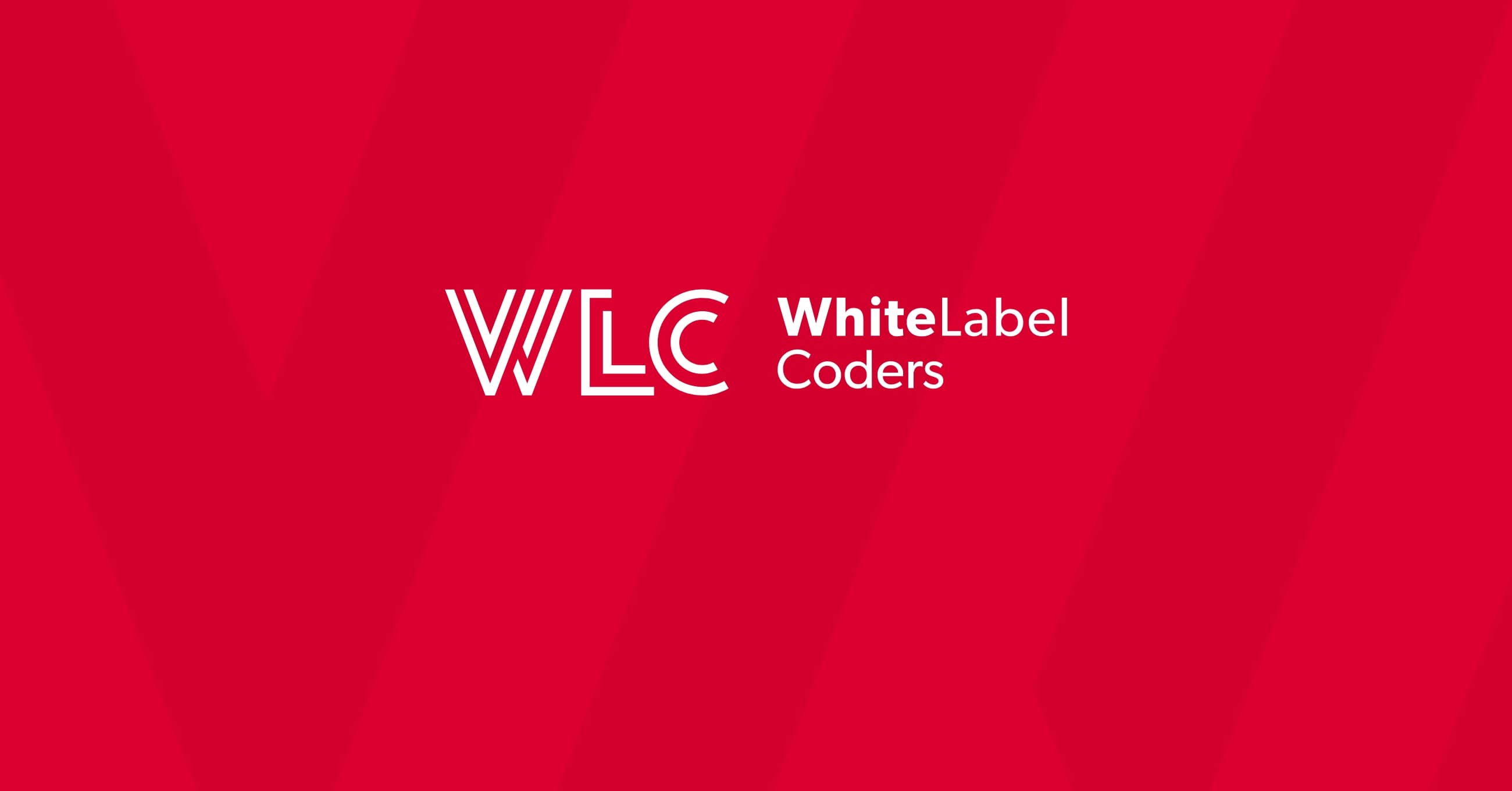Category: SEO AI
What is the Code Editor plugin for WordPress?

Have you ever found yourself staring at your WordPress dashboard, wishing you could make a quick code adjustment without switching between multiple applications? You’re not alone. Many WordPress developers and site owners face this daily challenge, which is precisely why code editor plugins have become essential tools in modern WordPress development workflows.
Code editor plugins transform your WordPress admin area into a powerful development environment, allowing you to edit themes, plugins, and custom code directly from your browser. These tools bridge the gap between WordPress’s user-friendly interface and the technical precision required for custom development work. Whether you’re building a custom WordPress website or maintaining existing functionality, understanding code editor plugins will significantly enhance your development capabilities.
Throughout this guide, we’ll explore everything from basic installation to advanced safety protocols, ensuring you can leverage these powerful tools whilst maintaining the integrity of your WordPress sites.
What is the WordPress code editor plugin?
A WordPress code editor plugin is a specialised tool that integrates directly into your WordPress dashboard, providing a comprehensive coding environment for editing PHP, CSS, JavaScript, and HTML files. Unlike WordPress’s basic built-in editor, these plugins offer advanced features such as syntax highlighting, error detection, and file management capabilities.
The primary purpose of code editor plugins lies in streamlining WordPress development workflows. They eliminate the need to constantly switch between FTP clients, external code editors, and your WordPress dashboard. This seamless integration proves particularly valuable when working on wordpress custom development projects where rapid iteration and testing are crucial.
These plugins serve multiple roles in modern WordPress development: they function as debugging tools, enable quick customisations, facilitate theme and plugin modifications, and provide a safety net through built-in backup systems. For developers working on complex projects involving multilingual business sites or custom WooCommerce configurations, code editor plugins become indispensable workflow enhancers.
Understanding WordPress code editor functionality
Modern WordPress code editor plugins operate by creating a secure bridge between your browser and your website’s file system. The core functionality revolves around several key components that work together to provide a robust editing environment.
Syntax highlighting represents one of the most immediately noticeable features. This functionality colour-codes different elements of your code—variables, functions, strings, and comments—making it significantly easier to read and debug complex scripts. The visual distinction helps prevent common errors and speeds up the development process considerably.
File management capabilities allow you to navigate your entire WordPress directory structure without leaving your browser. You can create new files, organise folders, and access any part of your WordPress installation. This proves particularly useful when working on custom plugin development or implementing complex integrations with third-party systems.
The integration with WordPress’s native editing environment means you can switch seamlessly between visual editing and code editing, maintaining context whilst working on different aspects of your site.
Error detection systems continuously monitor your code as you type, highlighting potential issues before they cause problems on your live site. These systems can identify syntax errors, missing brackets, undefined variables, and other common coding mistakes that could break your website’s functionality.
How to install and configure WordPress code editor plugins
Installing a WordPress code editor plugin follows the standard WordPress plugin installation process, but the configuration requires careful attention to security and user permissions.
Begin by navigating to your WordPress dashboard and selecting “Plugins” > “Add New”. Search for reputable code editor plugins such as Code Editor, Advanced Code Editor, or similar well-maintained options. After installation, activate the plugin and locate its settings page, typically found under “Tools” or as a separate menu item.
Initial configuration involves setting up user permissions carefully. Never grant code editing access to all user roles. Restrict this powerful functionality to administrators and trusted developers only. Most plugins allow you to specify which user roles can access different features, creating a layered security approach.
Security considerations during setup include enabling backup creation before edits, setting up file access restrictions, and configuring automatic logout timers. Many plugins offer integration with staging environments, which should be configured if available. This allows you to test changes safely before applying them to your production site.
Consider enabling two-factor authentication for users with code editing privileges and regularly review access logs if your chosen plugin provides this functionality. These precautions become even more critical when working on custom WordPress website projects where security vulnerabilities could have significant business implications.
Essential features of WordPress code editor plugins
Professional-grade WordPress code editor plugins offer a comprehensive suite of features designed to enhance productivity and maintain code quality. Understanding these capabilities helps you select the right tool for your specific development needs.
Multi-language support extends beyond simple syntax highlighting. Advanced plugins provide intelligent code completion, function documentation, and language-specific error checking for PHP, JavaScript, CSS, HTML, and even languages like Python or Ruby if your WordPress setup requires them.
Theme and plugin editing capabilities allow direct modification of active themes and plugins, but the best editors also provide safe editing modes. These modes create temporary copies of files, allowing you to test changes before committing them permanently. This feature proves invaluable when implementing custom modifications or troubleshooting existing functionality.
Backup systems integrated into code editor plugins typically offer multiple restore points and automatic backup creation before any file modification. Some advanced plugins maintain version histories, allowing you to track changes over time and revert to specific previous versions when needed.
Collaborative editing capabilities enable multiple developers to work on the same project simultaneously. These features often include change tracking, comment systems, and merge conflict resolution—essential tools for teams developing complex WordPress applications or managing multiple client projects.
Best practices for using WordPress code editors safely
Safe code editing practices form the foundation of professional WordPress development. Even experienced developers can benefit from following systematic safety protocols to prevent costly mistakes and security vulnerabilities.
Always work in a staging environment when possible. Staging sites provide identical copies of your production environment where you can test changes without affecting live functionality. This practice becomes absolutely critical when working on wordpress custom development projects where untested changes could disrupt business operations.
Implement a comprehensive backup strategy that extends beyond your code editor plugin’s built-in features. Regular full-site backups, database backups, and file-level backups create multiple layers of protection. Schedule automatic backups before major editing sessions and verify backup integrity regularly.
Version control integration represents a professional-level safety measure. Git integration allows you to track every change, collaborate safely with team members, and maintain detailed histories of your development work. Many modern code editor plugins offer Git integration or can work alongside version control workflows.
Risk mitigation techniques include testing changes in small increments, maintaining detailed change logs, and establishing rollback procedures. Create checklists for common editing tasks and always verify that your changes haven’t introduced unintended side effects in other areas of your site.
Troubleshooting common WordPress code editor issues
Even well-configured code editor plugins can encounter issues that disrupt development workflows. Understanding common problems and their solutions helps maintain productivity and prevents minor issues from becoming major setbacks.
Permission errors represent the most frequent category of problems. These typically manifest as inability to save files, access certain directories, or execute specific functions. Resolution usually involves checking file permissions on your server, verifying user role assignments within WordPress, and ensuring your hosting environment supports the required functionality.
File corruption can occur when editing sessions are interrupted or when multiple users attempt to edit the same file simultaneously. Prevention involves implementing proper file locking mechanisms and maintaining regular backups. When corruption occurs, restore from your most recent backup and implement additional safeguards to prevent recurrence.
Syntax errors introduced during editing can break your website’s functionality entirely. Modern code editor plugins help prevent these issues through real-time error checking, but problems can still occur. Systematic approaches to resolution include using error logs to identify specific issues, commenting out problematic code sections to isolate problems, and maintaining backup copies of working code.
Browser compatibility issues occasionally affect code editor functionality, particularly with complex JavaScript-heavy editors. These problems often resolve through browser cache clearing, trying alternative browsers, or adjusting plugin settings to use simpler editing interfaces when necessary.
Maximizing WordPress development efficiency with code editors
Mastering advanced code editor techniques transforms these tools from simple text editors into powerful development accelerators. Professional developers leverage these capabilities to significantly enhance their WordPress development productivity and code quality.
Workflow optimisation begins with customising your code editor environment to match your specific development patterns. Configure custom snippets for frequently used code blocks, set up project templates for common site types, and establish consistent file organisation standards across all your projects.
Advanced techniques include leveraging find-and-replace across multiple files for site-wide updates, using integrated debugging tools to identify performance bottlenecks, and implementing automated code formatting to maintain consistent styling standards. These capabilities prove particularly valuable when managing large-scale WordPress projects or maintaining multiple client sites.
Integration with external tools amplifies your code editor’s capabilities. Connect your editor with task runners, build tools, and deployment systems to create seamless development-to-production workflows. This level of integration supports professional development practices and enables rapid iteration on complex projects.
The key to maximising efficiency lies in treating your code editor as part of a larger development ecosystem rather than an isolated tool. When properly integrated with staging environments, version control systems, and professional development practices, WordPress code editor plugins become powerful enablers of high-quality, efficient development work.
By implementing these strategies and maintaining focus on safety and best practices, you’ll transform your WordPress development capabilities and create more robust, maintainable websites and applications. Remember that the most powerful code editor is only as effective as the developer using it—continue learning, stay updated with new features, and always prioritise the security and stability of your WordPress sites.

